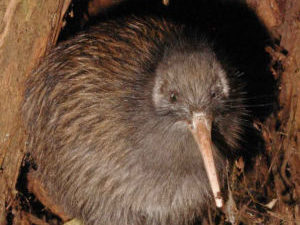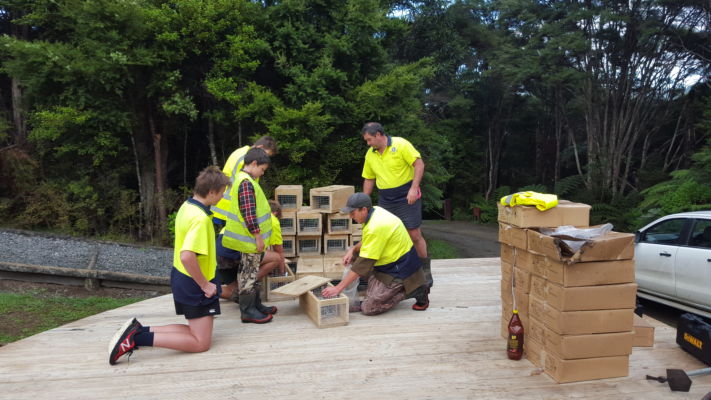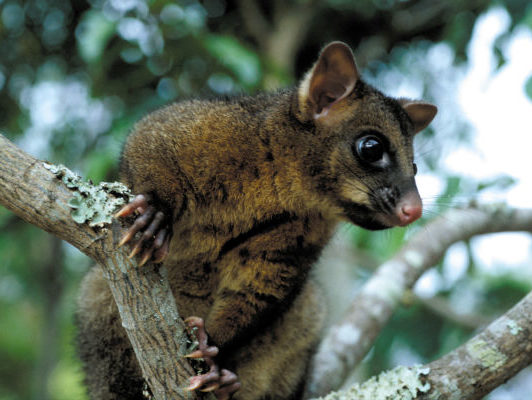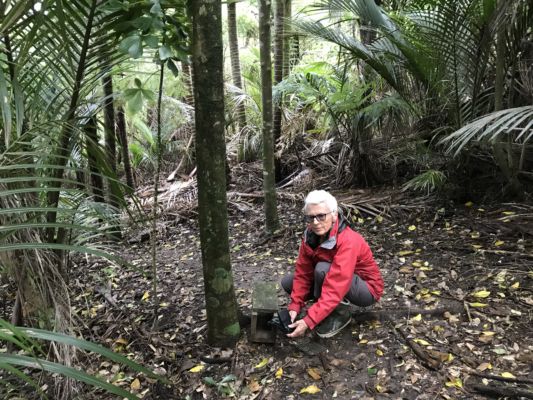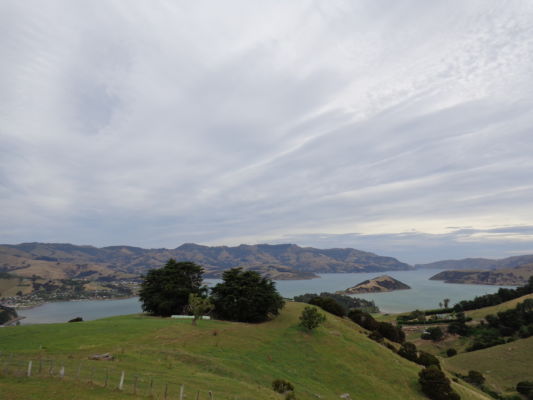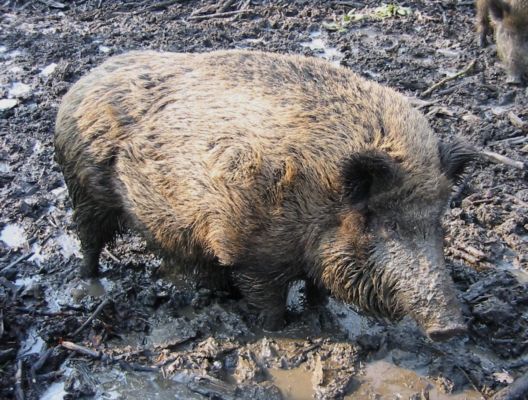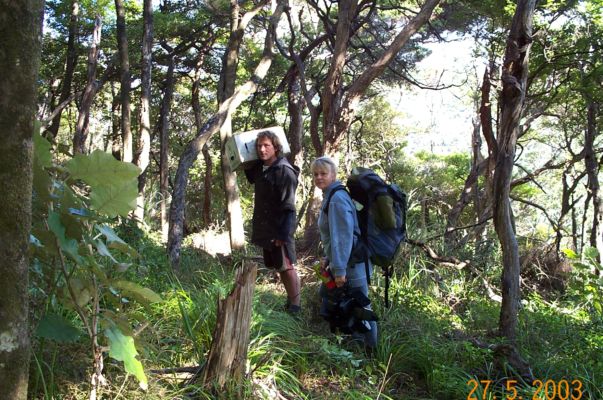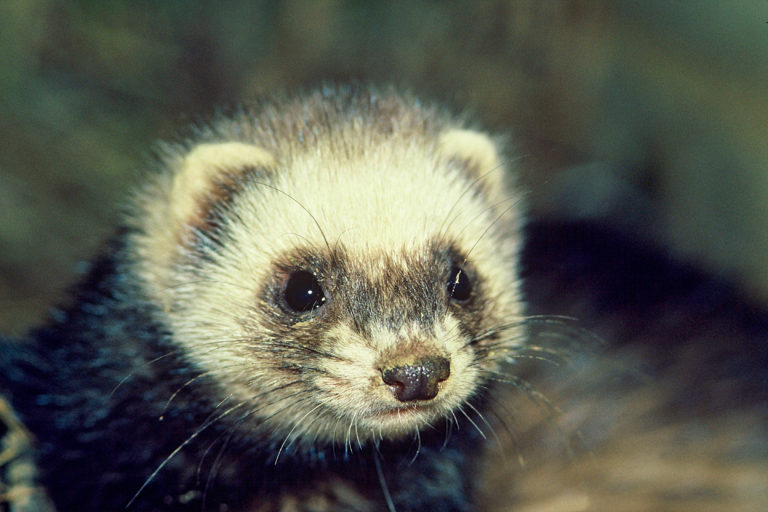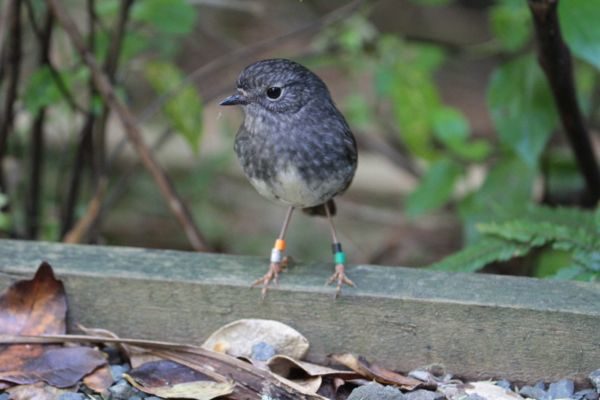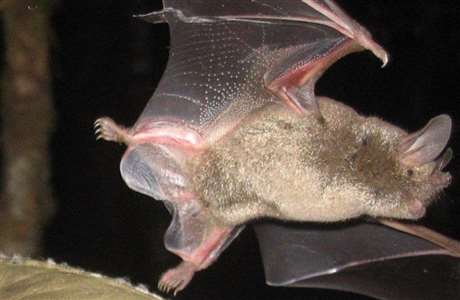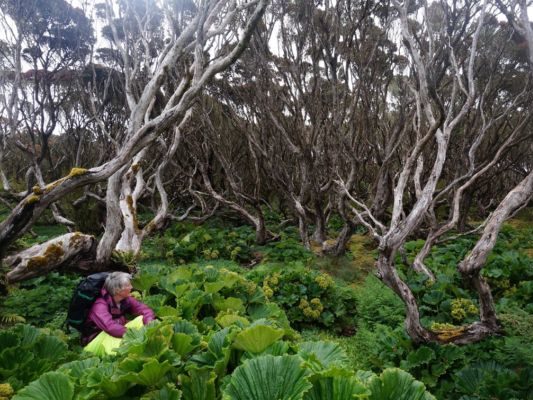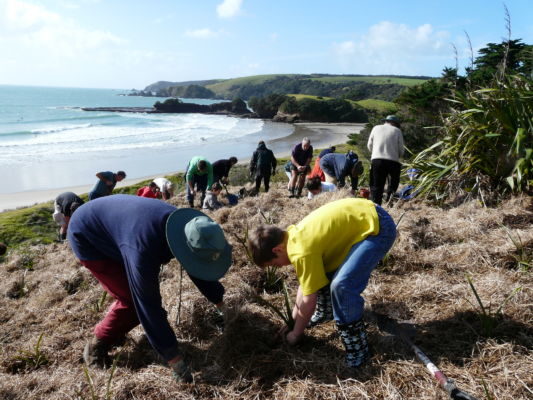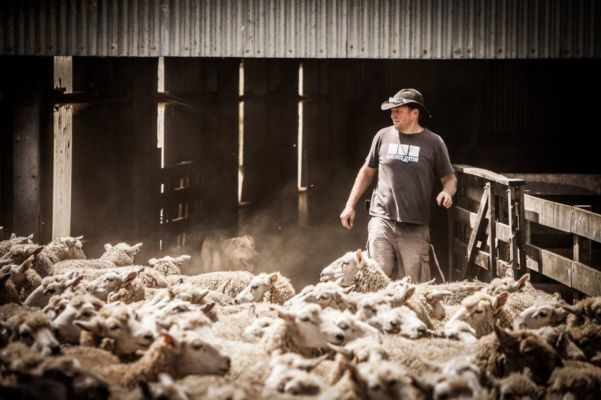Study investigates kiwi call count parameters
Kiwi call counts are an important monitoring tool in kiwi recovery projects, but just how accurate are they? The time of night you choose, the…
Tangihua Lions Lodge expands its outdoor programme to combat predators
Gerald Mannion has a story about the ‘moment of truth’ when he and fellow Tangihua Lions Lodge trustees realised just how much damage introduced predators…
Genome-mining to find toxins that are species-selective
A predator-free New Zealand is going to require landscape scale removal of possums, rats, ferrets, stoats and weasels – and possibly other species such as…
Walker family tackle Great Barrier rats together
Conservation is a family activity for the Walker family on Great Barrier Island. Alison Walker’s grandson Ari is only 3 ½ years old, but he’s…
Achieving a predator free Banks Peninsula – costs revealed
In geologically ancient times, Banks Peninsula was a group of volcanic islands and even now is only connected to the mainland by a narrow strip…
PF 2025 interim goals – what will it take?
Last year, when the NZ Government announced its Predator-Free 2050 goal, it also included some interim goals to be achieved by 2025 – now just…
Avian malaria – is it a threat?
We’ve got a pretty good idea of the damage being done to our native wildlife by introduced predators, but when it comes to introduced diseases,…
Windy Hill restoration brings employment for community
Conservation projects can benefit more than just the local wildlife. There can be significant community benefits too. When a community benefits, their support for conservation…
Predator scent may be key to developing long-life lures
When scientists Patrick Garvey (University of Auckland), Alistair Glen and Roger Pech (Landcare Research, Lincoln) tested the response of 18 wild-caught stoats to the scents…
Shakespear volunteers welcome new birds to park
Observant visitors to Shakespear Regional Park recently, may have observed a sheep wearing a transmitter. They might even have spotted volunteers, dressed in high-vis vests,…
Long-term study reveals bat response to predator control
As our only native land mammal, bats are both vulnerable to introduced mammal predators and potentially vulnerable to the methods used to control those predators.…
Call of the wild
Shona Riddell travels to some of New Zealand’s precious and isolated subantarctic islands: the Snares, Enderby Island, Auckland Island and Campbell Island. Halfway into our…
Canadian researchers come up with innovative rat-luring techniques
Rats are a uniquely serious problem on islands such as New Zealand where there has been a rodent-free evolution of our wildlife and plantlife, but…
Conserving biodiversity – what should be prioritised?
Lack of forest habitat or introduced predators – which is the biggest barrier to native biodiversity in New Zealand’s lowland landscapes? Can they even be…
Remote Blue Duck Station is haven for whio, kiwi and bats
At Blue Duck Station, in the Ruapehu District, you’ll find (no prizes for guessing)… blue ducks! In fact Blue Duck Station has one of the…

